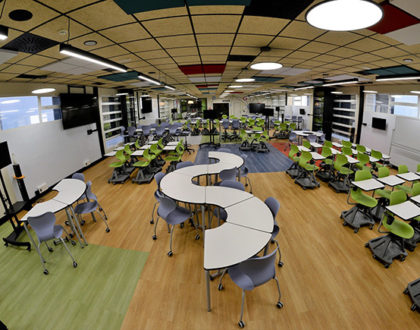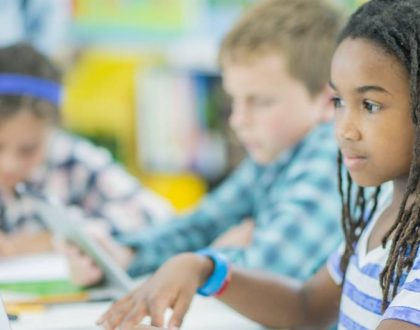How can the electric dipoles of polar molecules be detected – Química 10º
by Cátedra SAS
The teacher presents a brief explanation of the subject to the students, addressing the interactions between chemical molecules and the geometrical structures of molecules.
HOW ARE BUBBLES MADE? Bubble sellers have become a symbol of our parks, since children love to play and have fun with soap bubbles. But, how are they made? People usually think that a simple mix of water and soap can be used to create bubbles through a bubble blower, but this is not completely true. This mixture is generally very weak and unstable, since 70% of it consists of water and, as liquids do, it flows. By asking different bubble sellers, we can find out that the fundamental ingredient for making great bubbles is glycerin. You may ask yourself: why glycerin? The properties of glycerin, which is a liquid just like water (universal solvent), make glycerin, water, and soap capable of joining and forming a fluid that is not as unstable as water, and in which soap adheres more easily. Since the mixture of soap, glycerin, and water stays together, children can blow bubbles more easily with it and have a lot of fun doing it!
Recommended Posts

10 propuestas para mejorar los sistemas educativos
octubre 3, 2019




